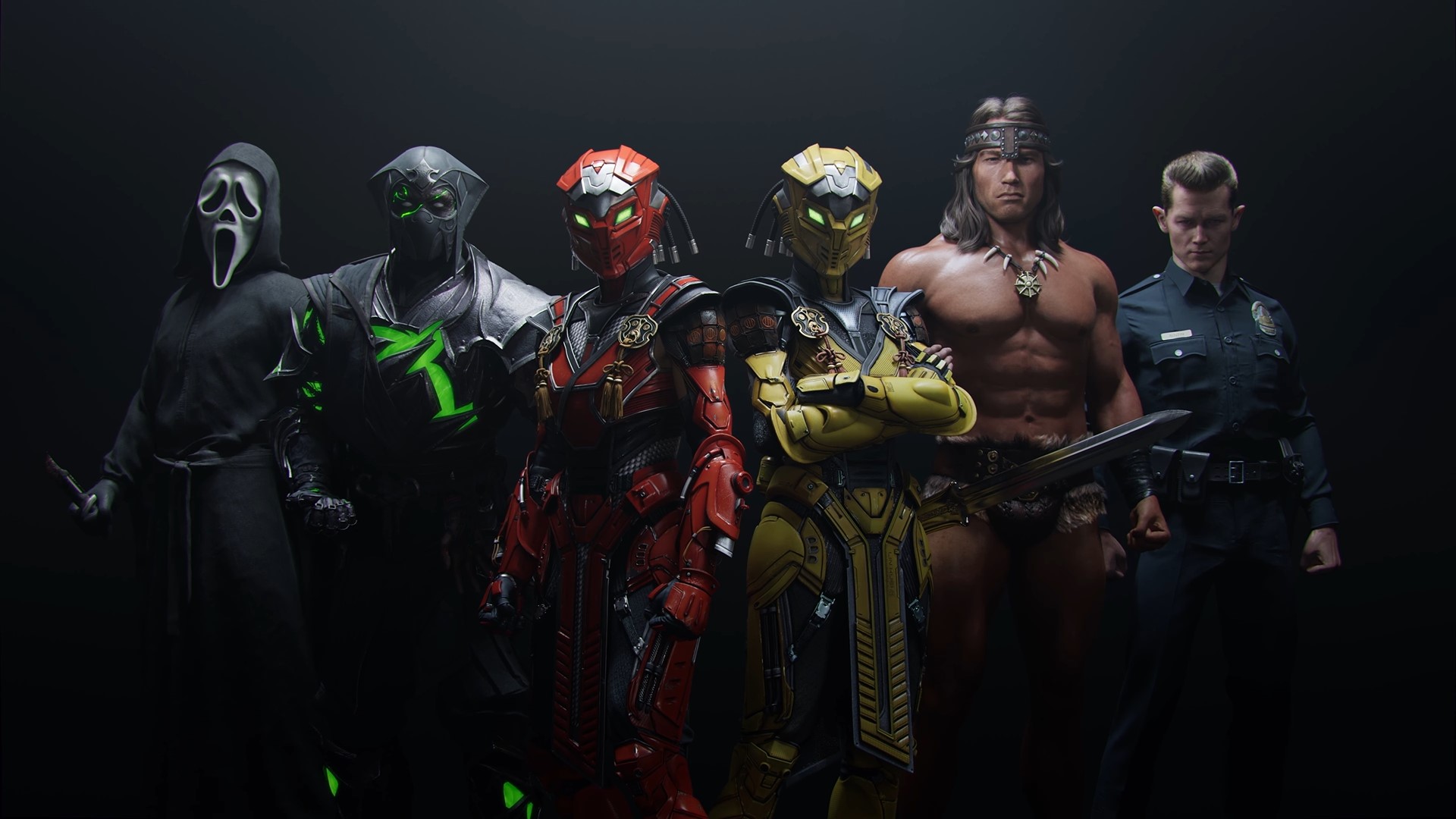
I wasn’t sold on the first-person whip in the Indiana Jones and the Great Circle trailer. That was before I played Phantom Abyss, though. Now I’m all in.
Phantom Abyss, an asynchronous multiplayer roguelite developed by Team WIBY and published by Devolver Digital, is a blend of Mirror’s Edge and Temple Run. You’re tasked with jumping, dashing, sliding, and, yes, whipping your way through procedurally generated temples, all in first person. The whip operates as a multipurpose tool, allowing you to disarm traps and open treasure chests, and it even functions as a grappling hook as you traverse stages littered with bottomless pits, spiked floors, and poison clouds. As you progress through the campaign, you unlock different whips with different abilities, like the obviously helpful double jump or the ability to temporarily stun enemies. (For my money, the ability to use the whip a second time in the air is The Best.) Like any roguelite worth its salt, there are also permanent upgrades you can purchase in between runs to improve your health, dash speed, whip length, and other core attributes.
Beside the whips, what sets Phantom Abyss apart from the pack is its approach to multiplayer. Every stage, whether it’s the campaign levels or the randomized Daily Mode, is littered with Phantoms: players, like you, who have made a go at the level, usually disastrously.
:no_upscale()/cdn.vox-cdn.com/uploads/chorus_asset/file/25254672/20240126154305_1.jpg)
Image: Team WIBY/Devolver Digital
Every stage starts off as packed as the New York City Marathon, only to quickly turn into an episode of Wipeout. You’re sprinting alongside 50 other people for about one minute before it’s just you and some guy named Fart_Wizard desperately trying to stay alive. That may sound like how ghosts operate in racing games, but the Phantoms go beyond that. They can set off traps, leaving spikes inert and safe for you to pass over. They can open doors by unlocking them with a golden orb you haven’t yet discovered. They can even heal you, albeit by dying and, I guess, leaving their life essence behind for you to consume. I even found myself learning mechanics by watching these forebears who had gone on before me. When one of them whipped a yellow gem I’d never seen before, I did the same, and suddenly I understood how to reset the 30-second timer that had appeared when I entered a new room. When one of them whipped a rotating blade, locking it in place, I realized I could do the same, and could’ve done so all along. (Whips, it turns out, are usually the answer to life’s problems in Phantom Abyss.)
Friendly ghosts aside, Phantom Abyss does a mediocre job explaining its intricacies. There’s a brief tutorial before you’re dropped into a hub world, where the gist is that you are collecting idols to free the vaguely (emphasis on vaguely) Aztec-themed deity “Altec,” who sounds less like something the developers adapted from myth or folklore and more like a defunct laptop brand from the early aughts. The campaign that’s meant to teach you the game’s mechanics also suffers a bit from a strange difficulty curve, where the initial stages are outright boring in their ease, only to then ratchet up the difficulty to the point where I found myself wondering whether I’d skipped a level.
:no_upscale()/cdn.vox-cdn.com/uploads/chorus_asset/file/25254668/20240126152449_1.jpg)
Image: Team WIBY/Devolver Digital
Despite all this, though, I found myself charmed by Phantom Abyss. Sprinting through temples with a bunch of dead strangers is undeniably fun. I’m not going to tell you that this is the next must-play roguelite. For one thing, its progression system feels a bit lackluster, both in terms of appreciability (can I really notice a 10% longer whip?) and in terms of presentation (the UI still feels like a placeholder). There is no real narrative here to pull you along, either, unless you count the random spectral appearances of “Una,” who seems to have wandered away from a tour and fallen into the Abyss. Perhaps that’s what happened to all of us? Perhaps I, too, am a bumbling tourist, now captive to the whims of Altec, God of the Abyss and former Dell competitor?
But none of that mattered when I was sprinting up a set of stairs, chasing five other ghosts, only to see them veer off to the side, jumping off the stairs and into the air, causing me to question their collective sanity before I, too, saw the giant flaming boulder that had just dropped through the ceiling. I promptly followed their lead, leaping off the stairs and into the air, whipping my way back to safety once the boulder had passed, squealing with equal parts terror and glee. These are the moments that really sell the game. It helps, of course, that Phantom Abyss is on Xbox Game Pass, where, if you are a fan of Mirror’s Edge, you should definitely give it a go. (And, at the time of writing, it’s also half off on Steam to celebrate its 1.0 release.)
It’s the Daily Mode where Phantom Abyss comes together most. It’s where the bulk of the player base seems to spend the most time, their Phantoms making the stages dense with other would-be Indiana Joneses (Indianas Jones?). There’s also the daily Abyss Mode, which only one player can win per day by seeing it through to the end before anyone else. While I am not skilled enough to be that player, I found joy in throwing my body onto the pyre for others to learn from my mistakes.
Flawed though it may be, Phantom Abyss nails the feeling of a mad dash through a dangerous gauntlet of traps, pits, and spirits. If Indiana Jones and the Great Circle were to have multiplayer, this is how they should do it. Throw us all in a temple of doom and wish us the very best.
Phantom Abyss is available for free with an Xbox Game Pass subscription and is available to purchase on Steam.








